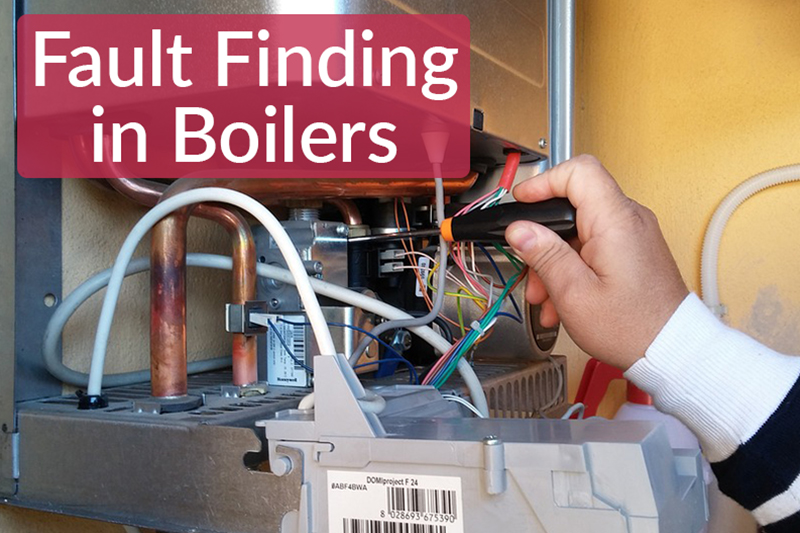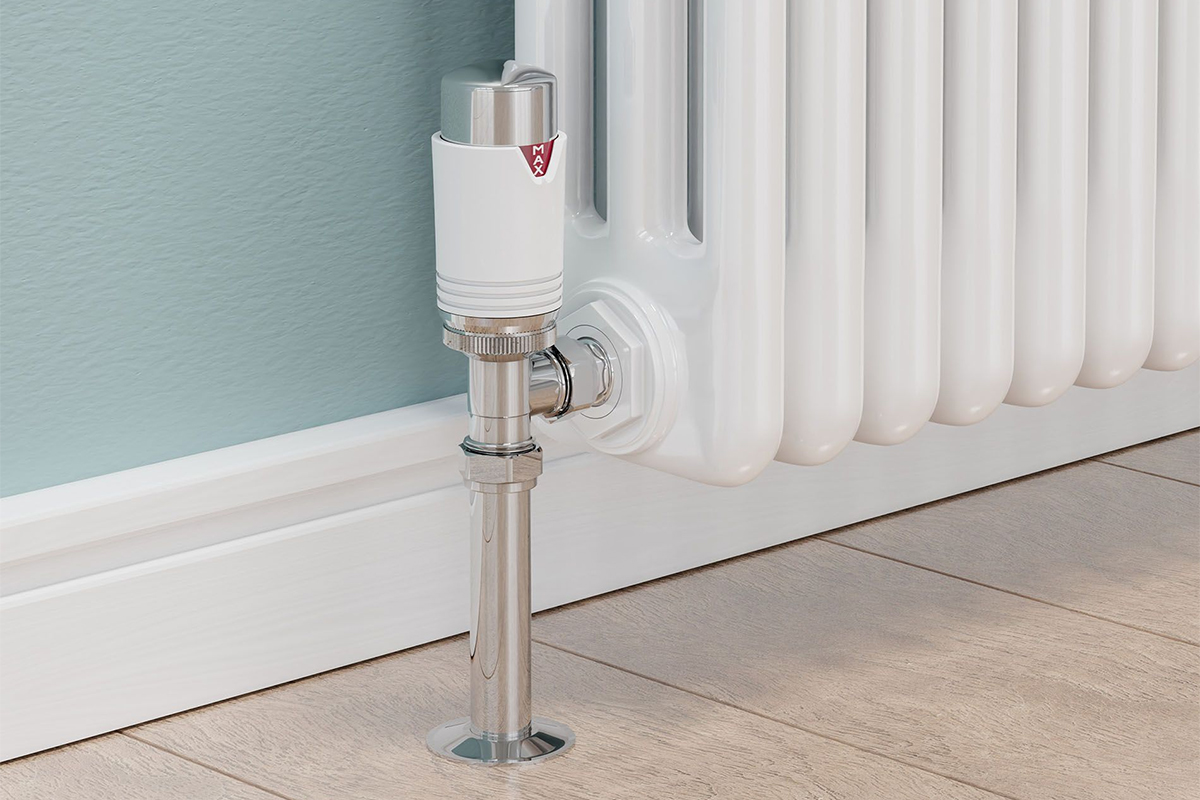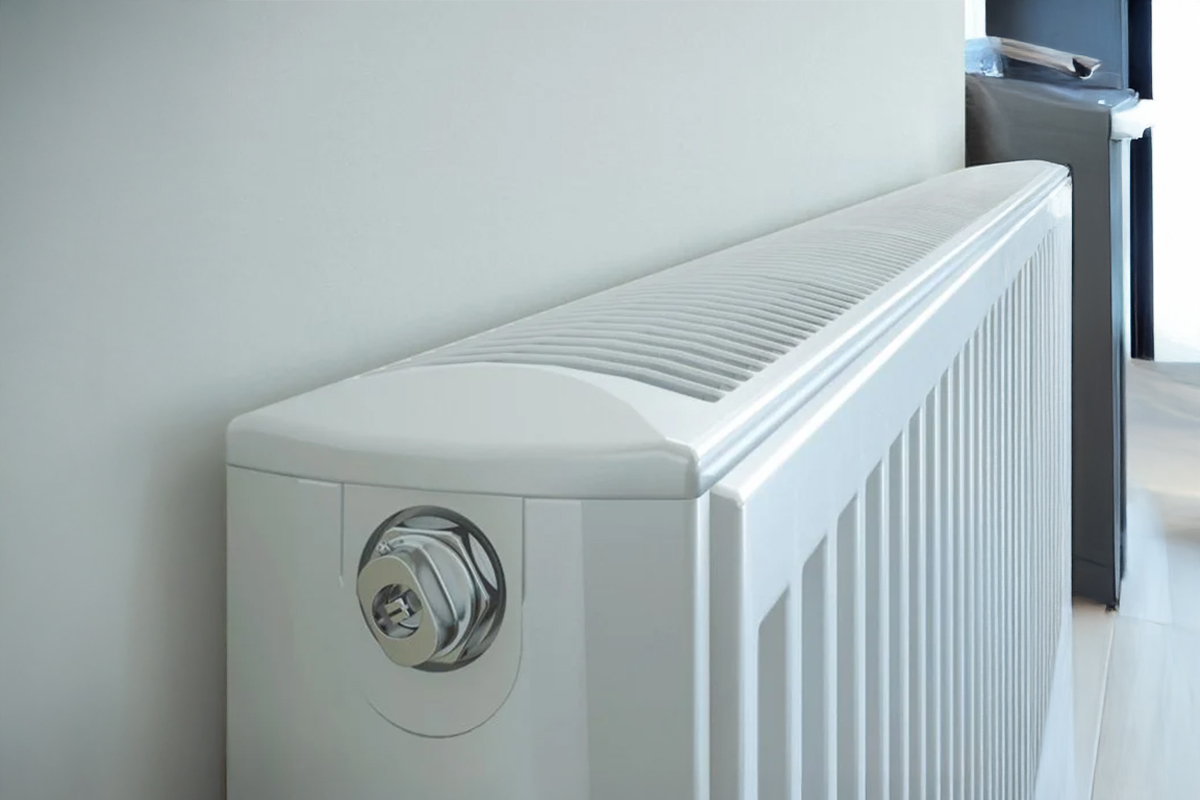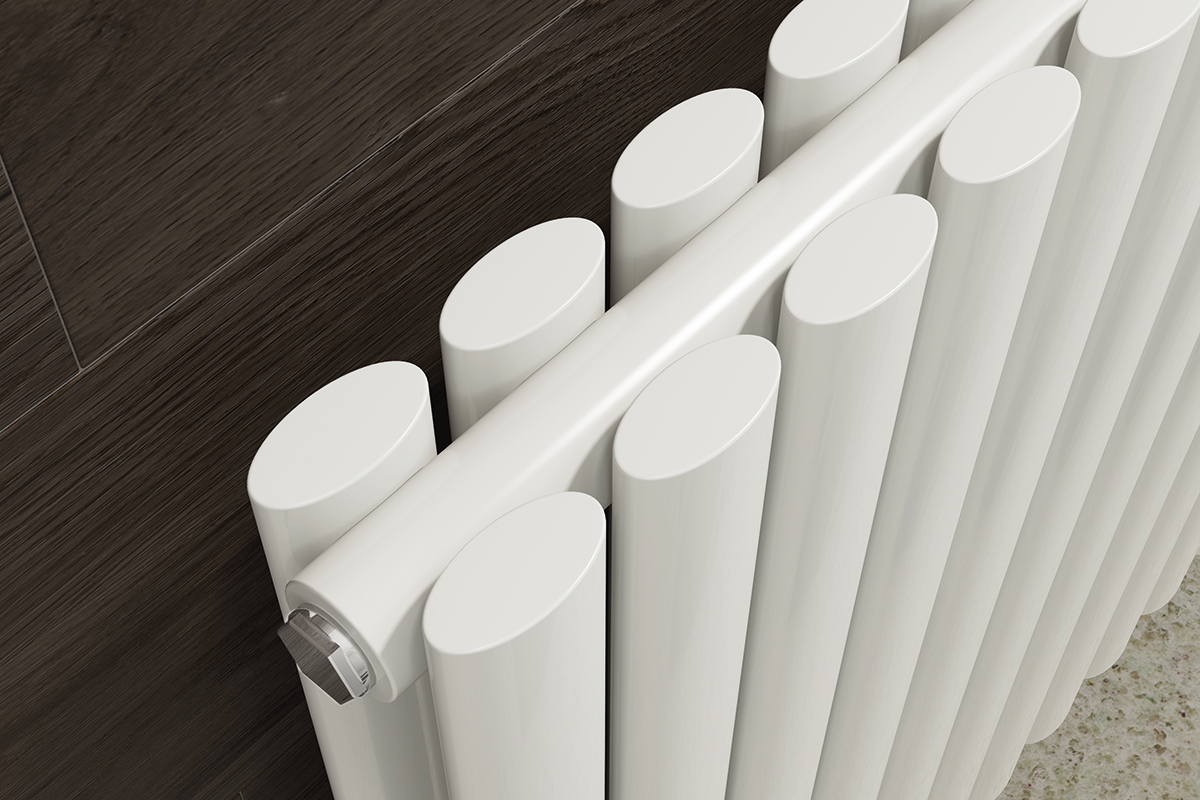Fault Finding In Boilers

Fault finding in Boilers
All mechanical and electrical appliances eventually breakdown and need to be repaired or replaced, central heating boilers and combination boilers are no different.
Even though they are very reliable, one day they will break down. Then they have to be fixed and a logical approach to fault finding and repair is essential. 0 Servicing or fault finding on a combi boiler is about learning about many different types of boiler and realising they are all slightly different. Doing it efficiently is about understanding the concepts and principles of combi boiler components and how they work, especially in relation to each other.
Consider the following:
- Combi boilers have been installed in the UK since approximately 1980
- Combi boilers last 15 years or more
- There are approximately 25 major combi boiler manufacturers
- There are free standing and wall mounted combi boiler options
- There are traditional and balanced flue options;
- There are standard efficiency and high-efficiency condensing boiler models
- There are a range of outputs for each model
- There are a range of models to suit varying budgets
- Models change and evolve substantially about every five years
There are hundreds of models and many variations; it is important, therefore, to understand combi boilers collectively. For example, if the fan is running but there is no ignition, the fault is at or after the fan but before the boiler firing. This is always the same. It will be a fault with the fan speed, flue airways, air pressure hose(s), thermistor(s), air pressure switch or its connections, printed circuit board, gas valve, ignition components, or condensate pump. All these components need to be checked unless it is established that the boiler fires in domestic hot water mode but not in central heating mode. Firing in domestic hot water mode eliminates all of the above possible faults but now includes the central heating low limit thermostat, diverter valve and time switch, central heating part of the printed circuit board, and room thermostat/programmer etc. A logical approach is required to quickly track down, isolate, and repair the fault. Many leading manufacturers offer courses on the installation, service, fault finding, and repair of their combi boilers. Accompanying these hands-on courses are the manufacturer's installation, service, repair, and fault finding instructions. These are extremely important to the engineer and it is vital to always follow the manufacturer's instructions. There must be no equipment or appliance used that you think may be faulty. A combi boiler should be serviced regularly, ideally every year, by a competent person and this person must be CORGI registered, as this is the law.
Boiler Fault finding logic
Fault finding on combination boilers is about solving the problem. The problem is that the combi boiler is failing in its comfort role. It is either failing in its heating role or failing in its hot water role or both. Whichever fault diagnosis procedure is used, the objective is always to achieve:
- A fast and accurate diagnosis
- Minimum shut down time
- Effective repairs
It is important to use a logical approach to fixing the boiler and for it to deliver the full capability. Do this by:
- Collecting boiler evidence
talk to the house owner, attend manufacturers' training courses, read the manufacturers' installation and servicing instructions, talk to colleagues and component wholesaler staff, and keep a written record of combi boilers worked on, the fault, repair, cost of component(s) of the boiler, and time taken.
- Analyse evidence:
use knowledge of the components installed, knowledge of operating principles, and knowledge of firing sequence. Establish if the fault is constant or infrequent and whether it affects the hot water, the central heating, or both. As well as if the boiler runs and then stops and also if it makes a noise.
- Locate the boiler fault:
use fault logic, use safe working practices, use instruments to test signals/ components, prove the fault, and avoid wrong conclusions.
- Establish cause of the boiler fault:
use knowledge of the components and operating principles to remove the cause of the fault. If necessary, contact the manufacturer using the technical advice lines for specialist advice. Some combi boilers have a built-in diagnostic system that illuminates LEDs or neon's, either on the control board or the user panel. The fault code displayed will indicate the specific type of fault as listed in the manufacturer's instructions.
- Repair the boiler fault:
use professional tools, use quality parts from a reputable wholesaler, avoid damage to other components, and use a pipe freezing machine if drain down is necessary.
- Check the boiler system
test all external and internal time and temperature controls, and observe firing and shutting down sequence in both central heating and domestic hot water modes. Check central heating and domestic hot water temperatures, check flow rates, check gas rates, and carry out tightness test if appropriate; plus, check the correct combustion with a flue gas analyser.
All repairs on Combi boilers require a methodical approach and have a logical and efficient method of diagnosing combi boiler faults. Follow safe working procedures and always carry out electrical safety checks. Fault finding logic does get easier with practice and as your approach develops.
Boiler Components
With the huge number of combi boilers installed (about 10 million in the UK) and the variations that can occur, major or minor, it is impossible to specifically describe each and every component for all the different boilers. Fortunately, all components carry out obvious actions and in most instances will share basic functions with its counterpart in other combi boilers. It is important to have adequate understanding to enable recognition of each component, how it works and how it relates to the other components within a combi boiler. Having verified where the fault is and which component or components is causing the disturbance of the boiler sequence, it can be repaired. Many components are 'fit and forget' and require no servicing, although it is always good intuitive to check for imminent component failure whenever it is possible. Boiler Manufacturers' instructions give detailed service procedures but most servicing can be carried out with a good comprehensive knowledge of that type of combi boiler. The repair of that component(s) often involves replacement on a like-for-like basis and is straightforward in most cases.
You need to get an understanding of what you are looking at, establish the main components, and the ignition type, including:
- Gas to water main heat exchanger:
single pass or crossflow.
- Diverter valve:
electric, diaphragm pass, wax capsule, or venture.
- Calorifier:
plate or cylinder and coil.
- Primary flow switch:
pressure differential, diaphragm or reed.
- Secondary flow switch:
diaphragm, paddle diaphragm, reed or thermistor.
- Pump:
single speed, two speed, three speed, modulating, twin pump, and five or six metre head.
- Gas valve:
Permanent pilot, intermittent pilot, fully automatic, or zero governor.
- Ignition system:
electronic pulse, direct spark etc.
Combi Boiler important points
- Because there are hundreds of variations of combi boiler, fault finding is not just about learning the faults of one particular model. You need to know all about combi boilers universally.
- Many manufacturers provide training courses and basic instruction manuals for specific models of boiler.
- When fault finding in a combi boiler, use a logical and personal approach which includes collecting evidence, analysing evidence, locating the fault, establishing the cause of the fault, repairing the fault, and checking the system.
- Follow safe working procedures and carry out electrical safety checks every time.
- The huge number of combi boilers available means there are millions of variations of components and it is impossible to specifically describe each one. Fortunately, all components share basic functions, which should know.
- When the fault is established and found it can then be easily repaired
- When in doubt, always contact a qualified heating engineer to undertake any repairs or replacements.





